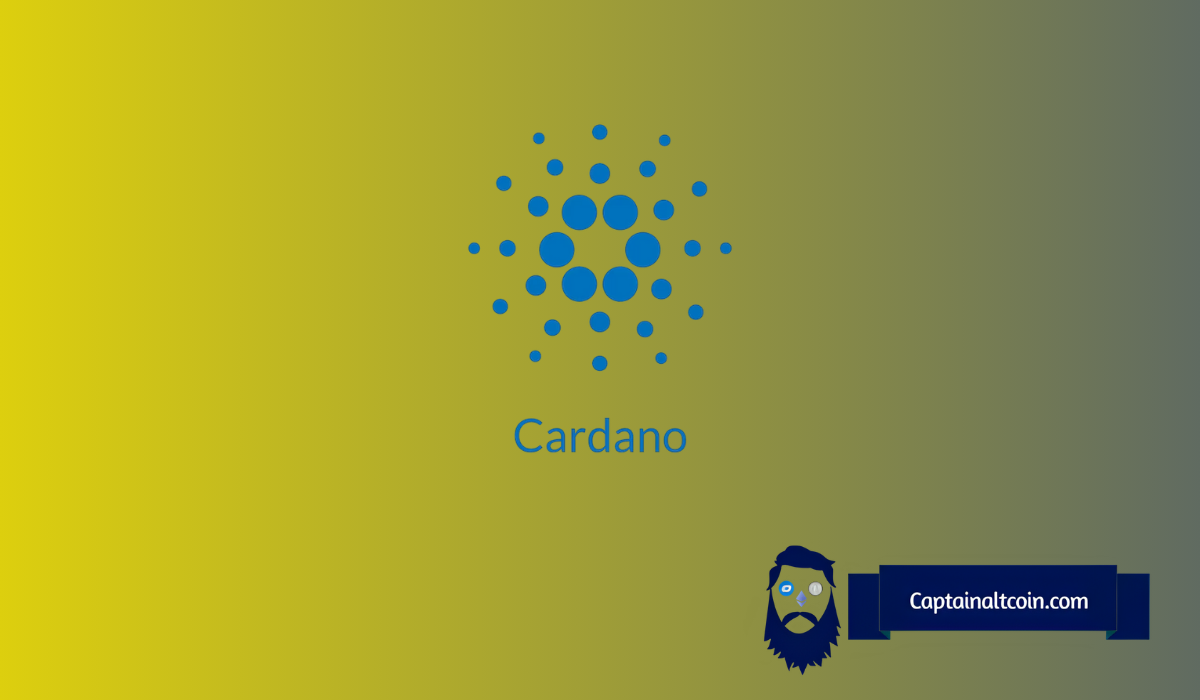Analysts Reveal When Effects of Trump’s Tariffs Will Hit U.S. Economy — Say Lag in Full Economic Fallout Deceptive

Apollo Global Management’s chief economist Torsten Sløk has warned that the most damaging effects of President Donald Trump’s sweeping tariff policies will begin to grip the U.S. economy toward the end of the year, potentially setting off a dreaded stagflation shock that could drag into 2025.
Speaking to Bloomberg, Sløk said inflation is only beginning to “lift off” and will likely accelerate through November and December, driven largely by the tariff hikes imposed earlier this year. These duties, part of Trump’s broader trade war strategy to reassert U.S. economic leverage, have so far not had the dramatic economic fallout that many had feared. This has fueled a growing belief among some Americans that the tariffs might not hurt the U.S. economy after all.
But Sløk cautioned against such optimism. “They need to wait to see the peak,” he said, referring to the Federal Reserve’s patience in adjusting rates. “We have really only had the take-off stage,” he added, warning that inflationary pressures are just beginning to filter through the system.
Register for Tekedia Mini-MBA edition 18 (Sep 15 – Dec 6, 2025) today for early bird discounts. Do annual for access to Blucera.com.
Tekedia AI in Business Masterclass opens registrations.
Join Tekedia Capital Syndicate and co-invest in great global startups.
Register to become a better CEO or Director with Tekedia CEO & Director Program.
So far, headline inflation remains within manageable bounds, rising to 2.7% in June from 2.4% in May. Meanwhile, prices for durable goods — including cars, appliances, and electronics — rose 0.7% year-on-year, marking a second straight month of growth following over two years of steady declines. These figures, Sløk said, are early signs of broader inflation, which he expects to intensify as supply chains adjust and importers pass tariff costs onto consumers.
More importantly, Sløk emphasized that services inflation — which accounts for nearly 60% of the Consumer Price Index — is likely to climb next. This, he warned, will be worsened by Trump’s mass deportation drive, which is tightening the labor market and pushing wages higher, raising costs for employers and ultimately for consumers.
The relatively muted impact of the tariffs to date has led many to dismiss warnings issued by economists earlier this year. When Trump first announced the levies — targeting goods from China, the European Union, and Mexico — several economic analysts and trade experts predicted a dual blow: one to the U.S. economy, through higher input costs and inflation, and another to global supply chains, especially in Asia and Europe. There were fears that global trade volumes could fall, investor confidence would erode, and central banks would be forced into a policy corner.
However, those dire predictions have not fully materialized, at least not yet. Retail sales remain steady, unemployment is still low, and GDP growth has not seen any sharp contractions. This delay in consequences has created a sense that the U.S. economy might weather the tariffs better than expected.
But Sløk argues that the lag is deceptive. In a recent whitepaper, he projected that GDP growth in 2025 could more than halve from its peak in 2024 as inflation becomes entrenched and consumer demand weakens. He estimates inflation will remain elevated around 3% throughout next year, while the unemployment rate could rise gradually over the next two years as businesses struggle to absorb rising labor and input costs.
“This is the start of a stagflation shock,” Sløk warned — a toxic mix of persistent inflation and slowing growth, which limits the Federal Reserve’s ability to cut interest rates. “If the Fed loosens too soon, it risks fanning inflation. If it holds steady, it may stall growth.”
In essence, the early resilience of the U.S. economy may be masking a deeper, slower-moving threat — one that could unwind over the coming quarters as tariffs ripple more forcefully through the pricing system, global supply chains adjust, and wage pressures mount due to labor shortages caused in part by deportations.
For now, the economy appears to be holding. But according to Apollo’s analysis, the real test lies ahead, when the delayed consequences of Trump’s trade war could finally come home to roost, dragging the country into one of the most precarious economic scenarios in modern history.


